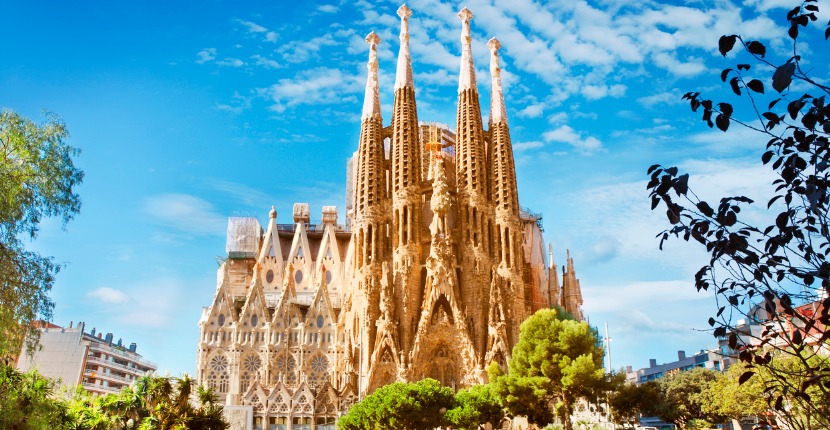For 137 years, construction has continued at Barcelona’s world-famous Sagrada Familia –and now it turns out that it has been done so illegally the entire time. That changed on June 7, 2019, when the Roman Catholic Church at last received the building permit for work on one of the city’s leading tourist attractions.
It turns out that the building’s designer, Catalan modernist Antoni Gaudí, had asked for a permit in 1882 from the city council of Sant Martí de Provençals, which is one of Barcelona’s neighborhoods, but he never received an answer. His request was accompanied by a blueprint of the ground plans that he signed himself. He started work anyway, and never stopped.
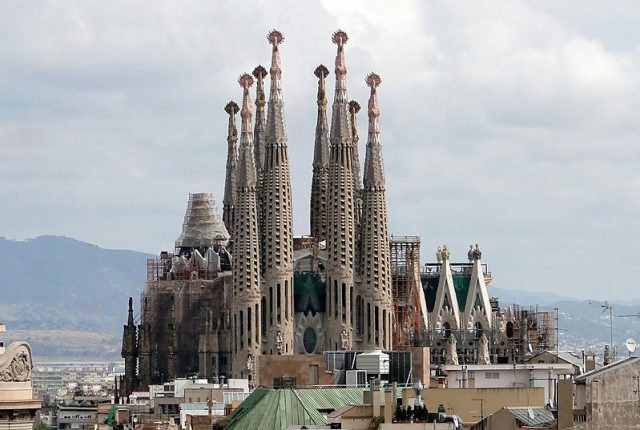
The permit, granted on June 7, 2019, officially allows construction to continue, with a projected completion date of 2026, according to NPR. It is not only a prestigious but a beloved building. On twitter, La Sagrada Familia said, “#SagradaFamilia is not like other churches. From the towers, in the heart of #Barcelona, it seems to want to unite all the men and women living in the city.”
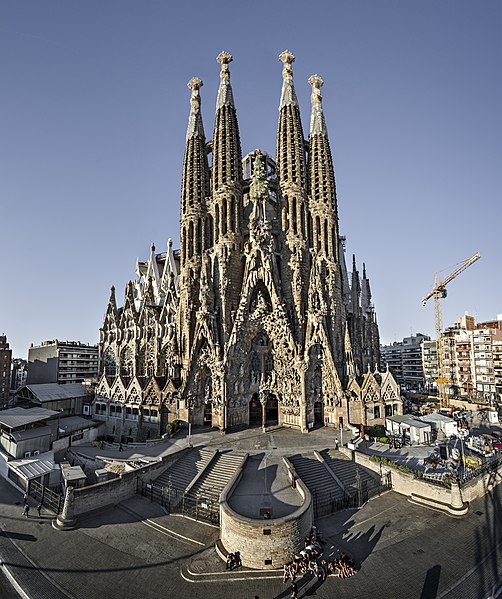
Also of note is that June 10, 2019, is the 93rd anniversary of Antoni Gaudi’s death at the age of 73. “It was a historical anomaly that La Sagrada Familia did not have a license,” said Janet Sanz, Barcelona’s deputy mayor for ecology, urbanism and mobility, in an interview.
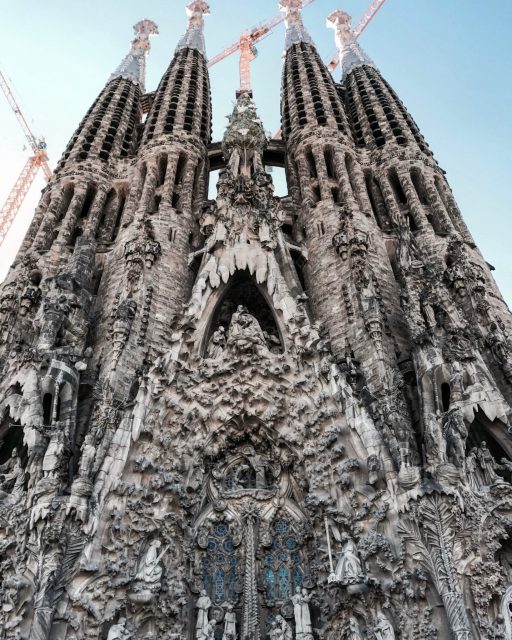
Despite so many decades of work, the Sagrada Familia is unfinished. Now that the building permits are in order, the consortium managing the construction of the UNESCO World Heritage Site says they can get to work on the second phase of construction, which will include finishing the narthex on the cathedral’s “Glory” facade. Coming work will also include bringing improvements to the areas surrounding the structure.
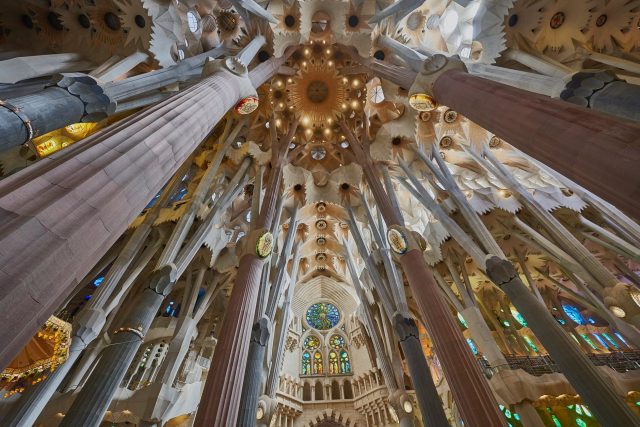
Gaudí, whose brilliant works are found across the Spanish coastal city, dedicated himself to building the Sagrada Familia until he was killed by a tram in 1926. When he died, only about 25 percent of the total design, including the crypt, the apse walls, and a tower, was complete.
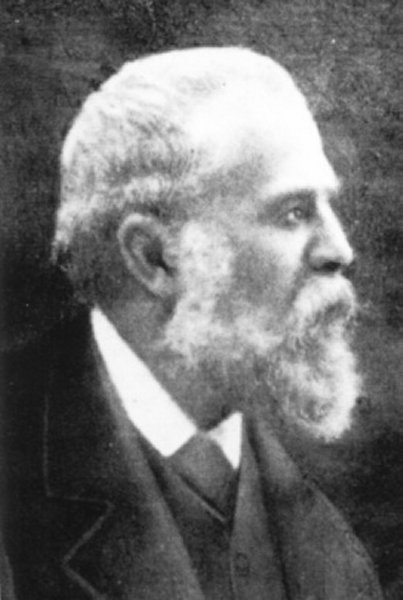
He had reportedly said at an earlier time, “There is no reason to regret that I cannot finish the church. I will grow old but others will come after me. What must always be conserved is the spirit of the work, but its life has to depend on the generations it is handed down to and with whom it lives and is incarnated.”
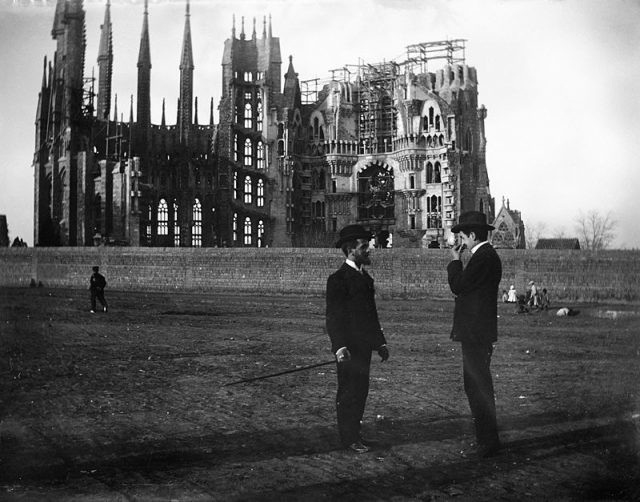
Since then a series of architects have indeed tried to finish the church according to Gaudí’s original design. There have been a number of setbacks, however. After the Spanish Civil War broke out, the Sagrada Familia was vandalized in 1936. The sacristy was destroyed in a fire in 2011.
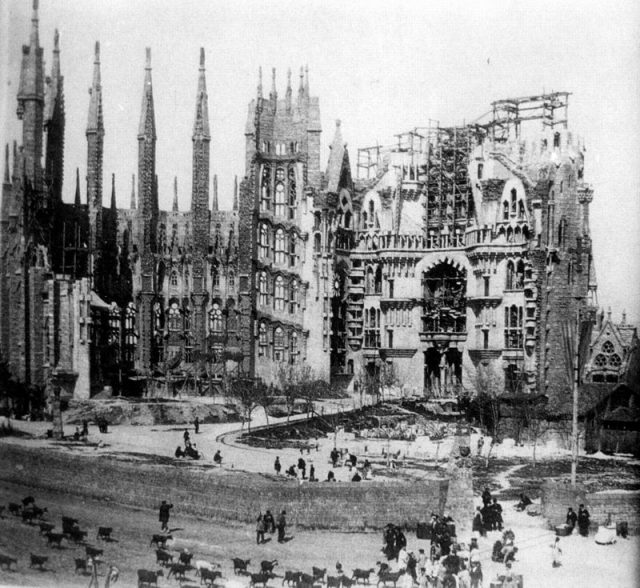
Antoni Gaudí was born in 1852 in the Catalan town of Reus, the son of a craftsman. In Barcelona, he studied architecture. He concluded his studies in 1878, a time when Catalonia experienced cultural and political rebirth. When Gaudi graduated, the director of the school Elies Rogent reportedly declared: “Gentlemen, we are here today either in the presence of a genius or a madman!”
Related Video:
https://youtu.be/JM1vOYQr1vI
The architecture website Arch Daily said, “Though he is widely regarded as a genius architect, his distinctive style stands as a singularity in architectural history—simultaneously awe-inspiring and bizarre, never fitting into any stylistic movement, and never adapted or emulated, except by those still working to complete his magnum opus, Barcelona’s famous Sagrada Familia.”
Related Article: The Sad End of Antoni Gaudi – Hit by a Car and Mistaken as a Beggar
Guadí loved nature. His fantastical style was informed by late 19th century architecture, when the requirement to follow strict historical styles was beginning to fall out of favor. “As such, Gaudí was able to take inspiration from Oriental styles, and was heavily influenced by the Revival Gothic architecture of the time. However, he believed that Gothic architecture was ‘imperfect,’ and began to infuse his work with a variety of motifs drawn from nature.”
Nancy Bilyeau, a former staff editor at Entertainment Weekly, Rolling Stone, and InStyle, has written a trilogy of historical thrillers for Touchstone Books. Her new book, The Blue, is a spy story set in the 18th-century porcelain world. For more information, go to www.nancybilyeau.com
